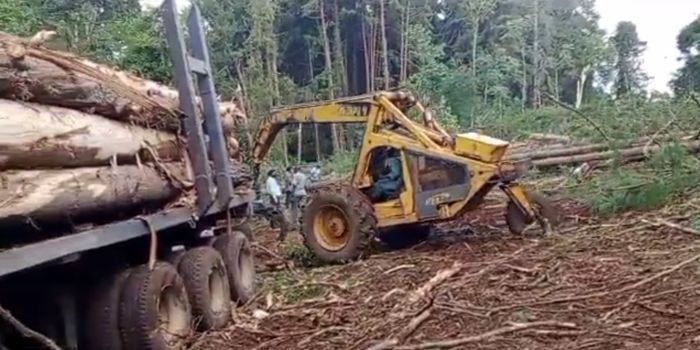In a recent development, the Kenyan Environment Court has upheld the freeze on logging activities, further prolonging the ban initially implemented during the former administration in 2018. The Law Society of Kenya (LSK) took legal action to contest President William Ruto's decision to lift the logging moratorium, which had been in effect for several years. This court decision comes in the wake of the LSK's recent lawsuit filed in July 2023, prompting the court to issue a temporary suspension.
The court ruling asserted that the decision to lift the moratorium was made without sufficient proactive disclosure of relevant information and without allowing for meaningful public participation. Justice Oscar Angote, presiding over the case, also ordered the government to refrain from issuing logging licenses, with the exception of a designated 5,000-acre area containing mature trees.
President Ruto, while advocating for the lifting of the ban, had argued that it had negatively impacted Kenya's economy, particularly in regions heavily reliant on logging as a primary livelihood. He stated, "We have chosen to reopen our forests for timber harvesting to generate employment opportunities for our youth and stimulate economic growth."
Ruto further assured that this decision would not compromise the country's vital water catchment areas, as his administration had pledged to plant a staggering 15 billion trees within the coming decade. Contrary to the government's assertion that Kenya possessed 26,000 hectares of mature and over-mature forest plantations, Justice Angote's ruling restricts tree felling to a limited 5,000-acre zone.
LSK contended in court that the decision to lift the ban lacked adequate scientific justification or research support. They also emphasized the absence of a specific environmental impact assessment and effective public participation throughout the process leading to the moratorium's removal.
The previous administration had initially introduced the logging ban to help Kenya align with its climate change mitigation goals. During the period of the ban, Kenya experienced significant progress, with its forest cover expanding from 5.9 percent in 2018 to 8.83 percent by the year 2022.

